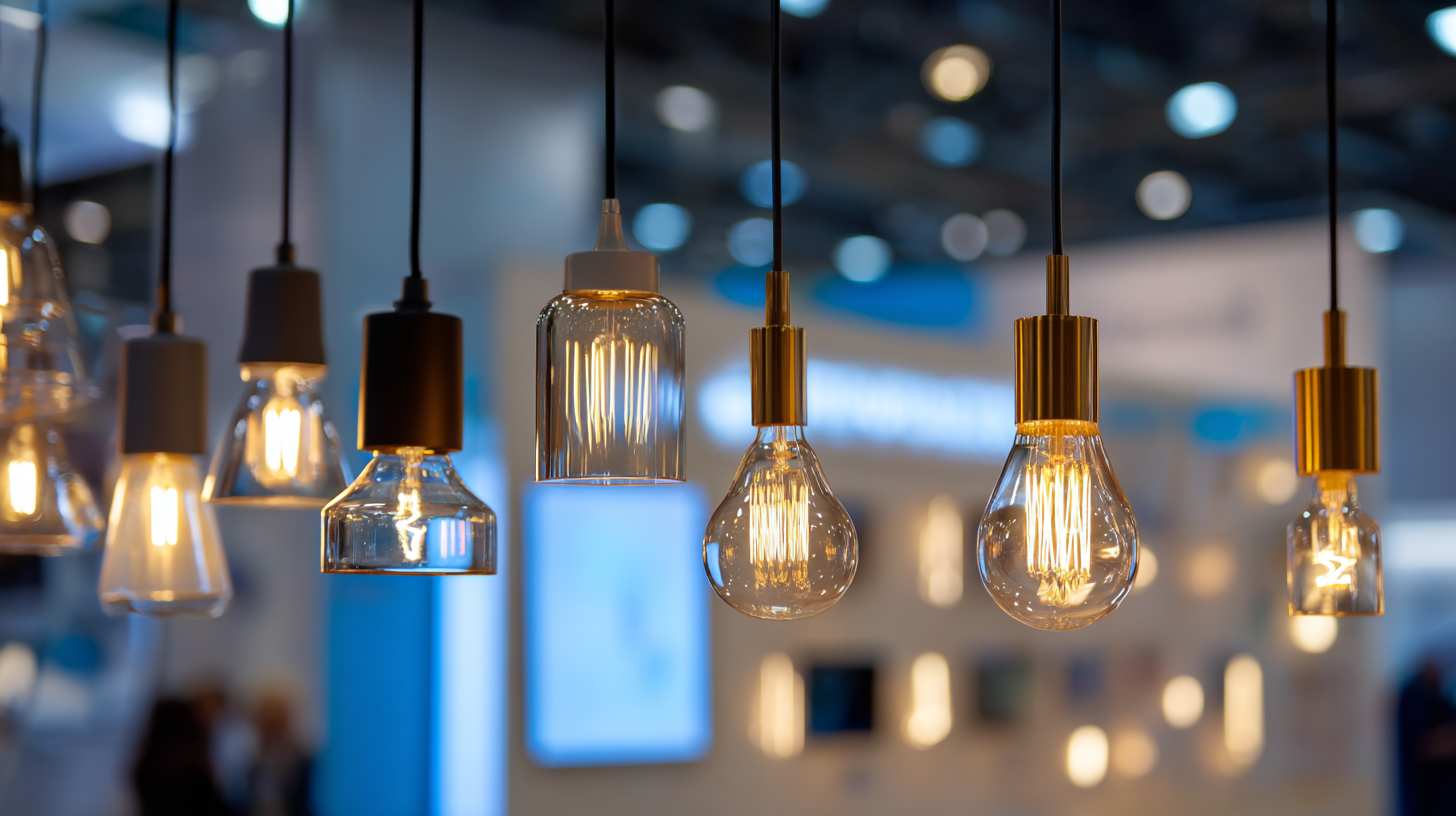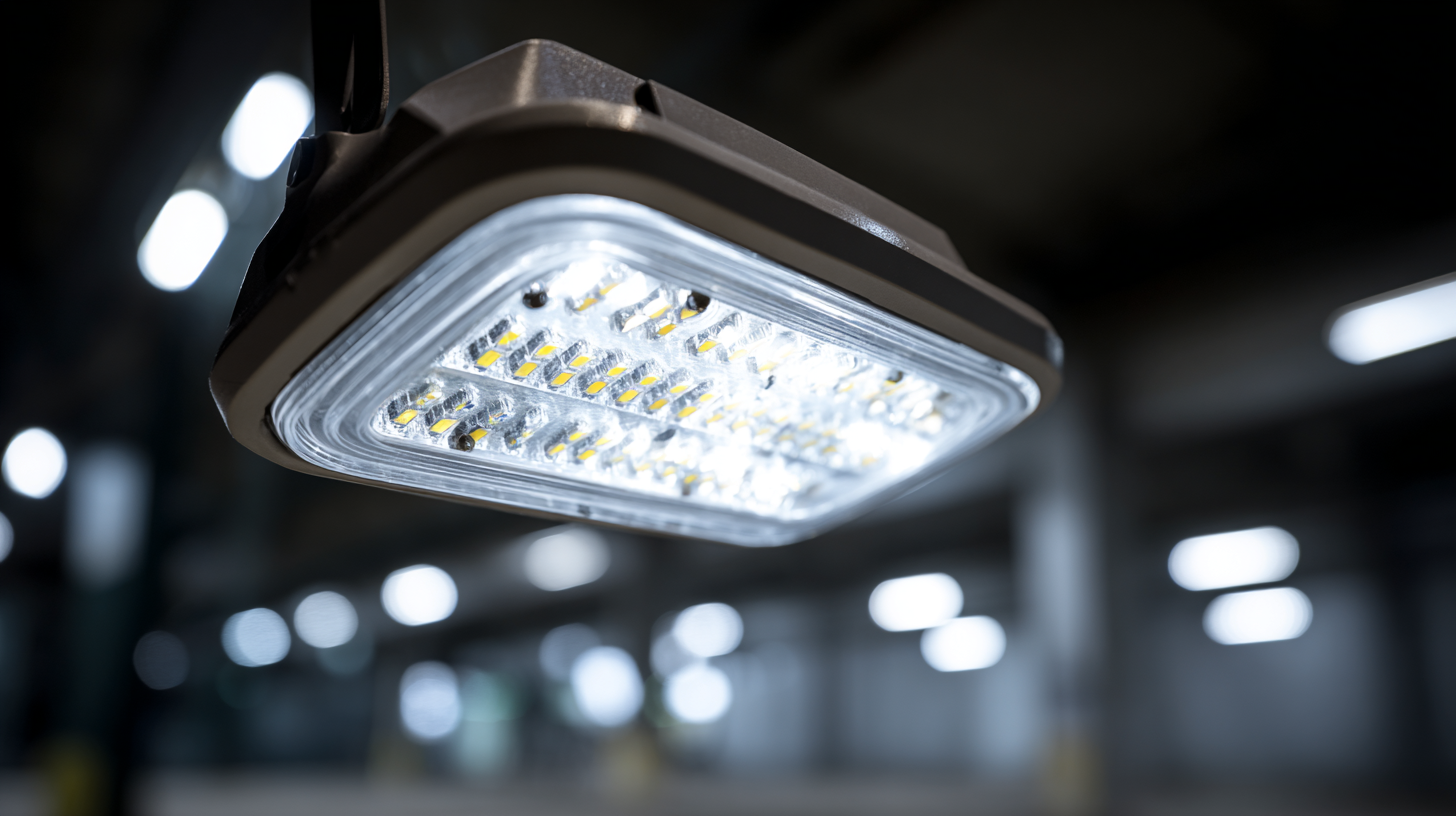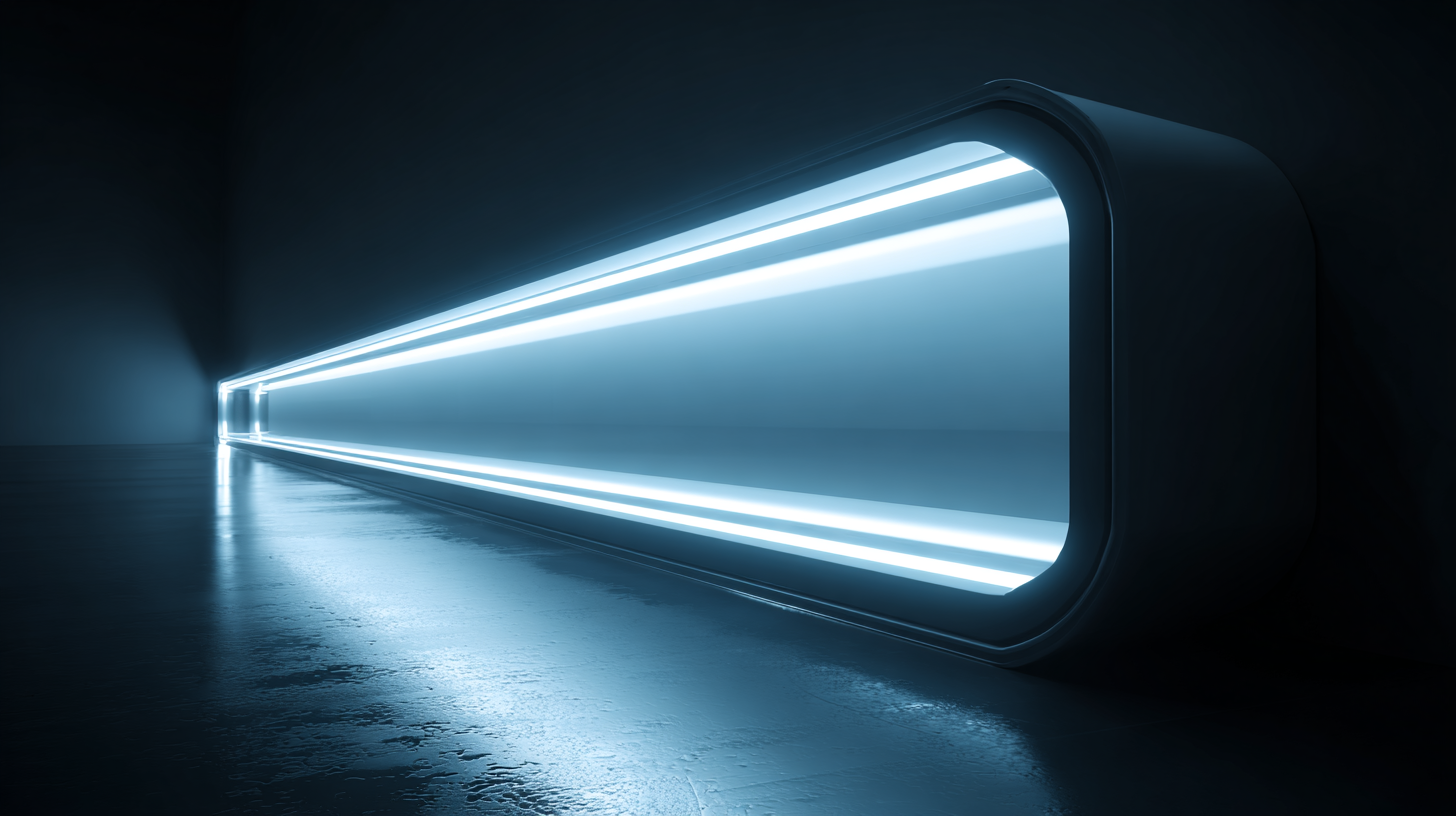Ultimate Guide to Selecting the Best LED Luminaires: Insights from Industry Trends and Data
In recent years, the market for LED luminaires has witnessed remarkable growth, driven by advancements in technology and a growing emphasis on energy efficiency. According to a report by MarketsandMarkets, the global LED lighting market is projected to reach $105.7 billion by 2025, growing at a CAGR of 13.6% from 2020. This surge is attributed to the increasing adoption of smart lighting solutions and the rising demand for sustainable lighting alternatives. As consumers and businesses alike seek to reduce energy consumption and lower operational costs, understanding the criteria for selecting the best LED luminaires has become essential. This guide delves into the intricacies of LED luminaires, providing a comprehensive checklist that not only highlights the key features to consider but also incorporates the latest industry trends and data to empower informed decision-making.

Key Technical Specifications to Consider When Choosing LED Luminaires
When choosing LED luminaires, understanding key technical specifications is crucial to ensure optimal performance and energy efficiency. One of the primary factors to consider is the luminous efficacy, which measures how much light a fixture emits per watt of power consumed. Higher efficacy ratings not only provide better illumination but also contribute to lower energy bills. Additionally, it’s vital to look at the color temperature, typically measured in Kelvin (K). This affects the ambiance and functionality of the space; for instance, cool white light (above 4000K) is ideal for task-oriented areas, while warm white light (below 3000K) creates a cozy atmosphere in residential settings.
Another significant specification is the Color Rendering Index (CRI), which signifies how accurately colors appear under the light source compared to natural light. A CRI of 90 or above is generally recommended for environments where color accuracy is important, such as art galleries or retail spaces. Lastly, consider the lifespan and warranty of the LED luminaires; higher-quality products often come with longer lifespans and better warranties, indicating durability and reliability. By focusing on these technical specifications, you can make informed decisions that enhance both the functionality and aesthetics of your lighting solutions.
LED Luminaires Performance Comparison
This bar chart compares the key technical specifications of LED luminaires based on industry trends. The dimensions compared include efficacy (lumens per watt), lifespan in hours, color rendering index (CRI), and power factor. Such metrics are essential for evaluating the performance of LED lighting solutions.
Understanding Different Types of LED Luminaires and Their Applications
When selecting LED luminaires, it’s crucial to understand the various types available and their specific applications.
 LED downlights, for instance, are ideal for creating a focused ambiance in residential settings, while LED floodlights are better suited for outdoor spaces, providing broad and intense illumination for security or landscaping purposes. The selection depends on the intended purpose and the environment in which the luminaires will be used.
LED downlights, for instance, are ideal for creating a focused ambiance in residential settings, while LED floodlights are better suited for outdoor spaces, providing broad and intense illumination for security or landscaping purposes. The selection depends on the intended purpose and the environment in which the luminaires will be used.
Another essential category is LED panel lights, which are becoming increasingly popular in commercial settings due to their sleek design and energy efficiency. They can be used to create a modern aesthetic in offices while ensuring sufficient brightness for workspaces. Additionally, decorative LED fixtures can enhance interior designs in retail and hospitality environments, offering not just functionality but also a stylistic element that can elevate the overall space. Understanding these applications helps consumers and businesses alike make informed decisions when selecting the right LED luminaires for their needs.
Analyzing Energy Efficiency and Lifespan of LED Lighting Products
When it comes to choosing LED luminaires, energy efficiency and lifespan are critical factors that significantly impact both performance and cost-effectiveness. LED lighting products are known for their ability to convert a higher percentage of energy into light compared to traditional incandescent or fluorescent lamps. This efficiency not only reduces energy bills but also contributes to a lower carbon footprint, making LEDs an environmentally friendly choice. Recent industry trends highlight that the best LED products utilize advanced technologies, such as driver circuits and heat dissipation systems, to maximize lumens per watt while ensuring longer operational life.
The lifespan of LED lighting is another key selling point, with many products boasting an impressive lifespan of 25,000 to 50,000 hours. This longevity translates to reduced maintenance costs and fewer replacements, which is particularly advantageous in both residential and commercial settings. Additionally, the reliability of LEDs is enhanced through superior thermal management and construction quality, which minimizes issues like flickering or dimming over time. As consumers become more informed about energy efficiency and longevity, they are increasingly favoring LED solutions, driving manufacturers to innovate further and meet the rising demand for sustainable lighting options.

Emerging Trends in LED Technology: What You Need to Know
The world of LED technology is evolving rapidly, with new advancements reshaping how we approach lighting solutions. Emerging trends such as smart lighting integrations and energy-efficient designs are becoming increasingly relevant. One notable trend is the rise of tunable white LEDs, which allow users to adjust the color temperature of their lighting for different times of day or activities, promoting better mood and productivity in various environments.
When selecting LED luminaires, consider these essential tips: First, assess your specific needs—whether for residential, commercial, or industrial spaces—to determine the style and functionality required. Second, look for products that offer energy-saving features and long life spans. Not only do such options reduce utility costs, but they also contribute to sustainability efforts. Lastly, keep an eye on certifications like ENERGY STAR® to ensure that you are investing in high-quality and efficient products.
Another trend worth noting is the growing importance of IoT (Internet of Things) connectivity in lighting systems. Smart LEDs can now be integrated into home automation platforms, allowing seamless control via smartphones or voice commands. This connectivity not only adds convenience but also provides opportunities for improved energy monitoring and management.
Ultimate Guide to Selecting the Best LED Luminaires: Insights from Industry Trends and Data
| Dimension | Value | Trend Description |
|---|---|---|
| Luminous Efficacy (lm/W) | 120 | High efficiency LEDs are becoming standard. |
| Color Temperature (K) | 3000 | Warm white light preferred in residential areas. |
| Lifespan (hours) | 50000 | Longer lifespan enhances cost-effectiveness. |
| Dimmability (%) | 0-100 | Growing demand for adjustable lighting solutions. |
| Smart Technology Adoption (%) | 45 | Increased integration with smart home systems. |
| Market Growth Rate (%) | 10.5 | Rapid growth anticipated over the next five years. |
Best Practices for Installation and Maintenance of LED Luminaires
When it comes to LED luminaires, proper installation and maintenance are keys to maximizing efficiency and longevity. According to a recent report by the U.S. Department of Energy, well-installed LED systems can achieve energy savings of up to 80% compared to traditional lighting solutions. Ensure that your installation is done by qualified professionals who can handle the technical aspects, such as proper mounting and electrical connections, to avoid issues that could lead to reduced performance and increased maintenance costs.
Tip: Always check the manufacturer’s installation guidelines before proceeding. Adhering to these guidelines can prevent common installation mistakes, ensuring that the luminaires perform optimally from the beginning.
Maintenance is equally critical. A study by the Lighting Research Center emphasizes the importance of regular cleaning and inspections, as dust and debris can significantly impact light output, sometimes reducing efficacy by as much as 30%. Schedule regular maintenance checks every six months to keep the luminaires in peak condition.
Tip: Use a microfiber cloth for cleaning and avoid harsh chemicals that can damage the surfaces of your LED lights. This simple practice can help prolong the lifespan of your fixtures while maintaining their effectiveness.

